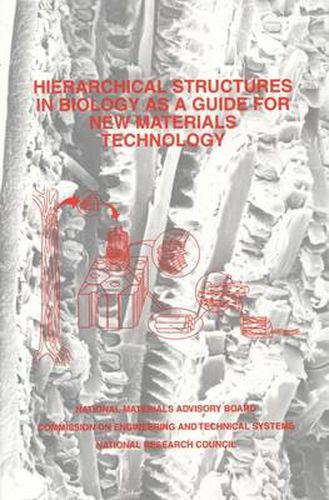Readings Newsletter
Become a Readings Member to make your shopping experience even easier.
Sign in or sign up for free!
You’re not far away from qualifying for FREE standard shipping within Australia
You’ve qualified for FREE standard shipping within Australia
The cart is loading…






Hierarchical structures are those assemblages of molecular units or their aggregates embedded within other particles or aggregates that may, in turn, be part of even larger units of increasing levels of organization. This volume reviews the state of the art of synthetic techniques and processing procedures for assembling these structures. Typical natural-occurring systems used as models for synthetic efforts and insight on properties, unusual characteristics, and potential end-use applications are identified. Suggestions are made for research and development efforts to mimic such structures for broader applications.
$9.00 standard shipping within Australia
FREE standard shipping within Australia for orders over $100.00
Express & International shipping calculated at checkout
Hierarchical structures are those assemblages of molecular units or their aggregates embedded within other particles or aggregates that may, in turn, be part of even larger units of increasing levels of organization. This volume reviews the state of the art of synthetic techniques and processing procedures for assembling these structures. Typical natural-occurring systems used as models for synthetic efforts and insight on properties, unusual characteristics, and potential end-use applications are identified. Suggestions are made for research and development efforts to mimic such structures for broader applications.